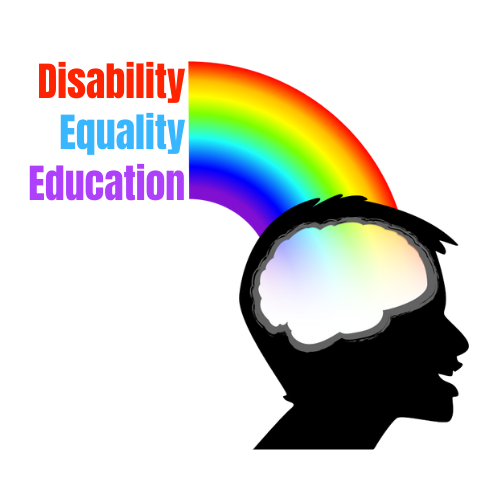Mechanical Engineering: Wheels and Gears - How One Invention Can Lead to Another featuring Ralph Teetor
Mechanical Engineering: Wheels and Gears - How One Invention Can Lead to Another featuring Ralph Teetor PDF
Summary:
This lesson is a STEM lesson followed by a History lesson with an ELA activity. The STEM lesson explores basic concepts of mechanical engineering and physics while showing that the parts, knowledge and skills used to develop old, even ancient machines can be used to create new machines.
The students will learn that machines are made up of smaller parts and that often the same parts are recombined to make sometimes very different machines. These parts operate according to standard scientific principles. The students will explore wheels and gears as they think about the small parts that machines like bicycles and cars have in common. They will think about how the same parts can be combined to invent new machines.
During the next part of the lesson, the students will learn about Ralph Teetor, the blind mechanical engineer, who built on his knowledge of bicycles and used his degrees in Mechanical Engineering to become a successful businessman and automotive engineer. He invented modern cruise control among many other things, often—but not exclusively—leading to improvements in the design of automobiles.
Students will gain a better idea about how inventors use their existing knowledge and education to invent new things. They will learn that sometimes prejudice leads people to be resistant to new ideas, while imagination, work, and education can lead to new opportunities and inventions. When these students are older, when they think about cruise control, they’ll remember that blind people—just like sighted people—can have a variety of talents, skills, and interests.
Subject and topic:
STEM, Disability History, ELA
Grade level:
3rd grade
Duration:
30 minutes for the Science Lesson; 30 Minutes for the History and ELA lesson.
